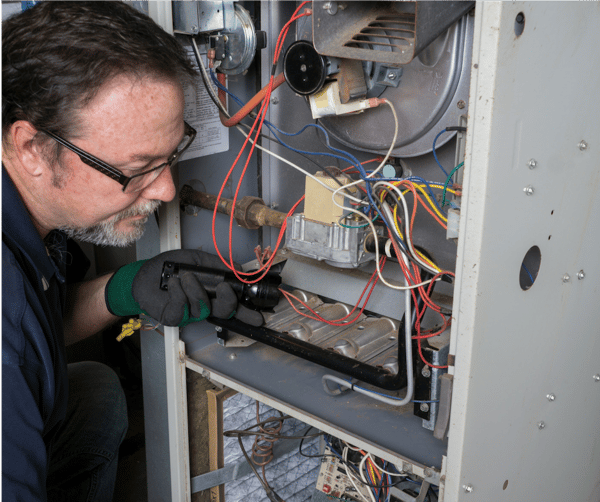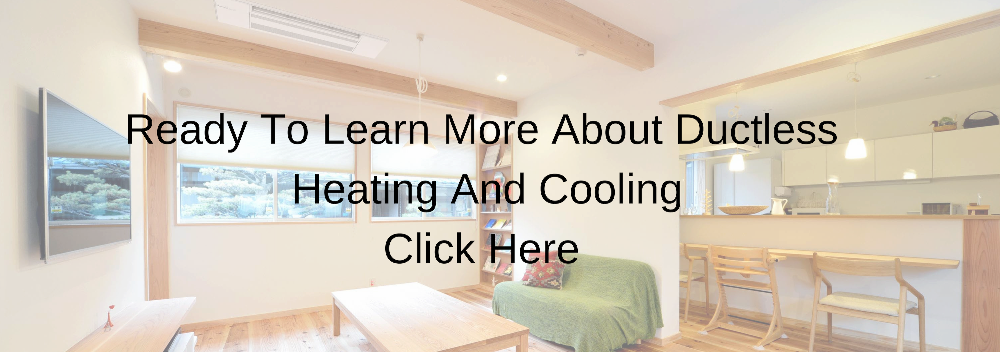
It’s okay to replace one piece of a furnace or air conditioning system at a time, as they need
replaced, but that can become costly and inefficient as your indoor and outdoor unit work
together to maximize heating and cooling efficiency.
When the time comes to make this decision, it is important to look at how much capital you have
put into your current system, through repairs and rising energy bills, and see if replacing it for a
newer, more efficient system will be more cost effective in the long run.
There are several repairs that are just as costly as replacing your whole system. One of the
most prominent is a cracked heat exchanger. The heat exchanger is a set of coils or tubes that
actually heats the air your system puts out. The heat exchanger can often crack due to
overheating. If you find yourself in that situation, your best bet is to replace your furnace, as
opposed to repairing it.
EnergyStar, a program launched by the United States Environmental Protection Agency, also
has a list of guidelines for when you are faced with replacing or repairing your system.
●Your heat pump or air conditioner is more than 10 years old.
●Your furnace or boiler is more than 15 years old.
●You find yourself making frequent repairs to your equipment and your energy bills
continue to rise.
●Some rooms in your home are too hot or too cold.
●No one is home for long periods of the day and your system does not have a
programmable thermostat.
●Your home has humidity problems.
●You find excessive dust in your home.
●Your heating or cooling system is loud or makes noises.
The average life expectancy of your furnace and air conditioning system is about 12 to 15 years.
If you find your system needing repairs or even the system replaced despite having done
recommended yearly maintenance, be sure to have a licensed professional evaluate your
system to get to the root of the problem.
There could be venting complications, your system could have been installed incorrectly or your system could be the wrong size for your space.
The size of your system should be based on the size of your home. If a system is the improper
size for your home, it will fail. A too small system won’t get your house as warm or cool as you
want because it cannot keep up with the space it is working in. A larger system does not equate
better heating or cooling, it will only result in overheating the home and frequently turning on
and off, short cycling, the system.
If you are unsure whether or not to repair or replace your furnace, the most important piece of
the puzzle is having a licensed professional from a reputable company, who can fully back their
warranties, repair or install your new system.
Check out our Residential HVAC page for more information.



